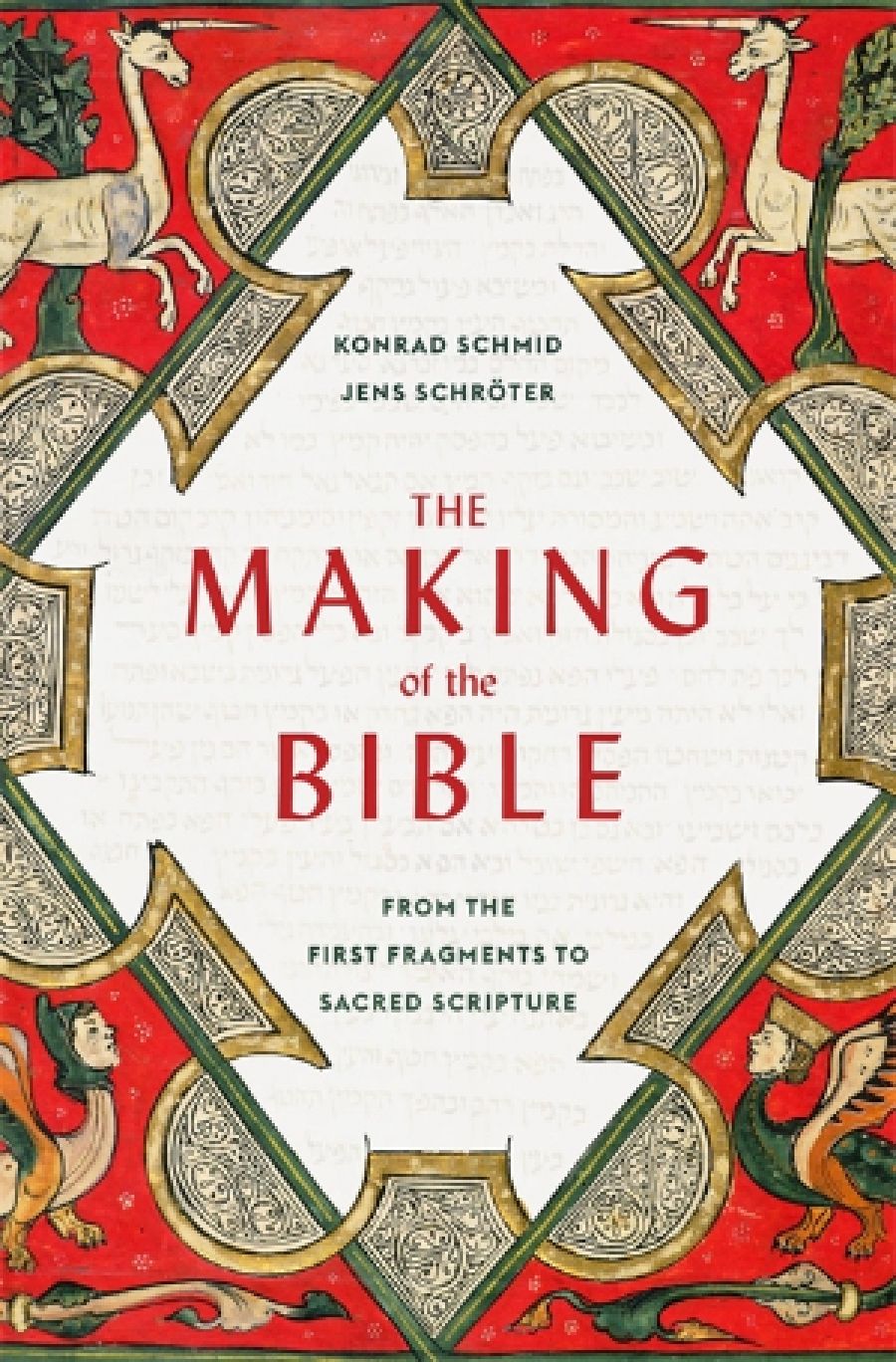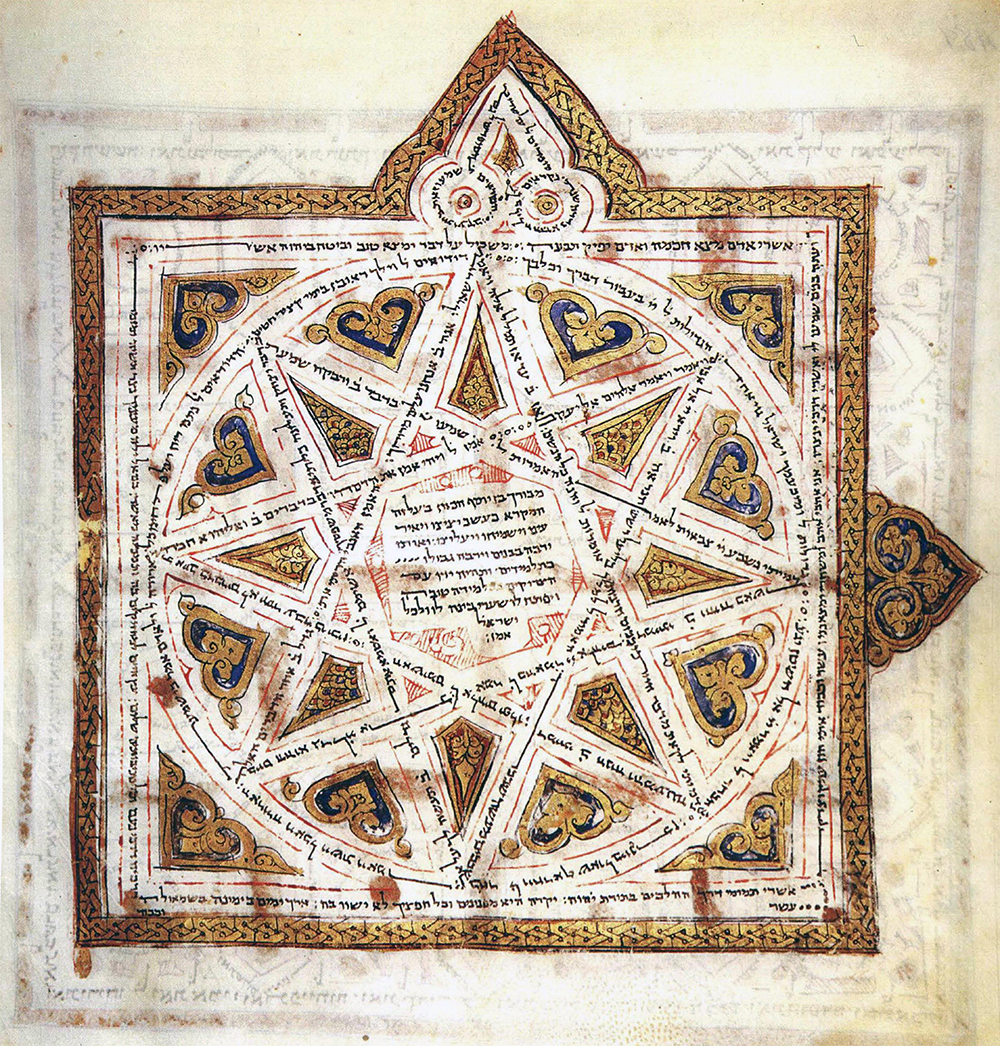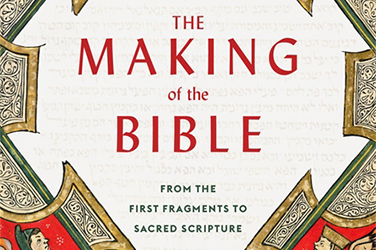
- Free Article: No
- Contents Category: Religion
- Review Article: Yes
- Article Title: Assembling orthodoxy
- Article Subtitle: Outlining how the Bible came into being
- Online Only: No
- Custom Highlight Text:
The Bible is a collection of books with a long history. Not surprisingly, there is little agreement as to precisely which books it contains and what their collective importance might be. In The Making of the Bible, a distinguished Old Testament scholar, Konrad Schmid, and an equally prominent New Testament specialist, Jens Schröter, have combined forces to produce a volume (elegantly translated from the German by Peter Lewis) that outlines how different forms of the Bible came into being. Their focus is historical and philological rather than theological or literary. Yet the story they tell is engrossing: that of an unstable world needing to attend to the values of God’s kingdom. They help a non-specialist reader appreciate the fascinating diversity of ways in which the Bible’s message was regularly reinterpreted in a changing political situation.
- Article Hero Image (920px wide):

- Article Hero Image Caption: The Leningrad Codex (or Codex Leningradensis), the oldest complete manuscript of the Hebrew Bible in Hebrew, dated AD 1008 (photograph via World History Archive/Alamy)
- Alt Tag (Article Hero Image): The Leningrad Codex (or Codex Leningradensis), the oldest complete manuscript of the Hebrew Bible in Hebrew, dated AD 1008 (photograph via World History Archive/Alamy)
- Featured Image (400px * 250px):

- Alt Tag (Featured Image): Constant J. Mews reviews 'The Making of the Bible: From the first fragments to sacred scripture' by Konrad Schmid and Jens Schröter, translated by Peter Lewis
- Book 1 Title: The Making of the Bible
- Book 1 Subtitle: From the first fragments to sacred scripture
- Book 1 Biblio: Harvard University Press, US$35 hb, 440 pp
- Book 1 Readings Link: booktopia.kh4ffx.net/6bqELr
The literary structure of the Christian Bible as we know it gives the impression of providing a complete history of the world. This, at least, is the way the Bible is read by those who see it as a divinely ordained record, that begins with Creation and then lays down the Law of Moses for the Hebrew tribes, before presenting the teaching of the prophets about the abuse of this Law, prior to introducing the story of salvation in the New Testament. The antiquity of the Old Testament is an illusion. The earliest manuscripts of the Hebrew Bible are those found among the Dead Sea Scrolls, from the first century bce. The notion of a fixed canon of sacred scripture is largely a consequence of orthodox Christian concern for an authoritative record. Needless to say, our understanding of the formation of this canon has transformed over the last hundred years as a result of codices in Hebrew, Greek, and Aramaic. Together, Schmid and Schröter unfold the significance of these discoveries, which collectively show that the history of the Bible is much less fixed than has been imagined.
Over the past century, it has become evident that the oldest texts in the Hebrew Bible derive from oral traditions put into writing no earlier than the ninth or eighth century bce. Like any Indigenous songline, these orally transmitted stories mapped out territory believed to be sacred. They tell stories about spirit ancestors who could inspire the community by their heroic leadership and vision. Of particular value in this book is the account of the contrasting perspectives of the northern kingdom of Israel, and of Judah in the south, focused around Jerusalem. The fact that Jerusalem is barely mentioned in the Torah suggests that much of it was composed in the north, whereas the historical books derive from just one of the twelve tribes, that of the Jews, who looked back to the royal traditions of Jerusalem. This tension about the importance of the Temple at Jerusalem in observance of the Law of God would persist to the time of Jesus. His ancestry from the line of David is of great importance in Matthew’s Gospel, but not that of Mark. There was an age-old suspicion in Galilee of the political ambitions of Jerusalem. The Samaritans had their own version of the Bible, in which Jerusalem had no place. Jesus was not the first to complain about how religion was being hijacked to benefit the interests of a ruling élite.
The historical approach taken by these two authors certainly helps us appreciate the diversity not just of political circumstances, but of religious perspectives within the sacred texts of Hebrew tradition. The price of their focus on politics in relation to the Hebrew kingdoms is underplaying the particular contributions of individual storytellers and moralists. As the prophets regularly reminded their readers, God’s law demanded concern for strangers, widows, and orphans. The willingness of the prophets to speak truth to power still demands our attention. The sacred narratives preserved by those Jewish leaders returning from exile in the late sixth century bce served not just to legitimise a re-established community but also to chastise a society that seemed to be slipping away from justice and compassion for the sake of power and ambition.
One of the merits of this volume is its emphasis on the continuing fluidity of sacred texts well into the time of Jesus. Even the term ‘New Testament’ is an invention from the second century. Recent New Testament scholarship has revealed the diversity of ways in which great stories of the Hebrew scriptures are retold in the Gospels in relation to Jesus. The focus of this volume is not so much on the literary strategies of New Testament writers as on the gradual way in which certain of their writings acquired particular authority. Their consistent theme is that Jesus lives out, even to his death and resurrection, the message of these scriptures. Yet those who spoke about Jesus in a Greek-speaking community like that of Antioch necessarily interpreted his teaching differently from those in Jerusalem, prior to the destruction of the Temple in 70 CE. The figure of Paul is central to this story, at least in those communities that did not want to keep full observance of the Jewish law. At the same time, Jesus was a Jew, and his teaching could only make sense in relation to the Hebrew scriptures. For that reason, the early Christians (or Nazarenes as they were initially called) decided that they needed to keep reading those scriptures, to maintain their identity.
Perhaps the most intriguing part of the story told in this volume is the process by which the Christians of the second century decided to identify a canonical body of texts. They were stirred by the arguments of Marcion, a Greek Christian who loved the letters of Paul, but considered that Jesus had nothing to do with the God of the Old Testament. Schröter, a specialist in this issue of the formation of the Christian canon, helpfully unpacks the role of Marcion in this process. As with the translation of the Hebrew scriptures into Greek a few centuries previously, there was never any precise agreement as to what constituted a sacred text. We can imagine these early Christian communities maintaining their own songline, mapping out their version of the path taken by their saviour and his teaching about how they should develop. Only gradually did these oral traditions get written down and collected into an agreed corpus of narratives and letters known as the New Testament. The Ethiopian Bible includes apocalyptic texts like the book of Enoch, written to oppose foreign occupation, but excluded elsewhere. Each community had its favoured texts.
Schmid and Schröter conclude this volume by returning to the formation of a canonical Hebrew Bible in competition with that of Christians. For both Jews and Christians (as well as those who prefer to avoid either label), perhaps the deepest lesson is the value of pulling together the stories and songlines of different communities. Their multiplicity forces us to imagine how we might retell those stories in our own time for the audiences we wish to reach.


Comments powered by CComment